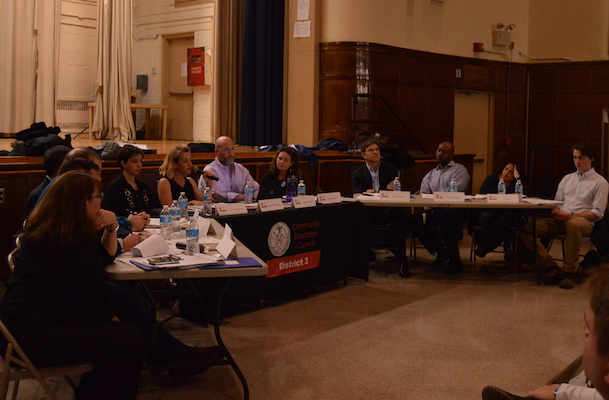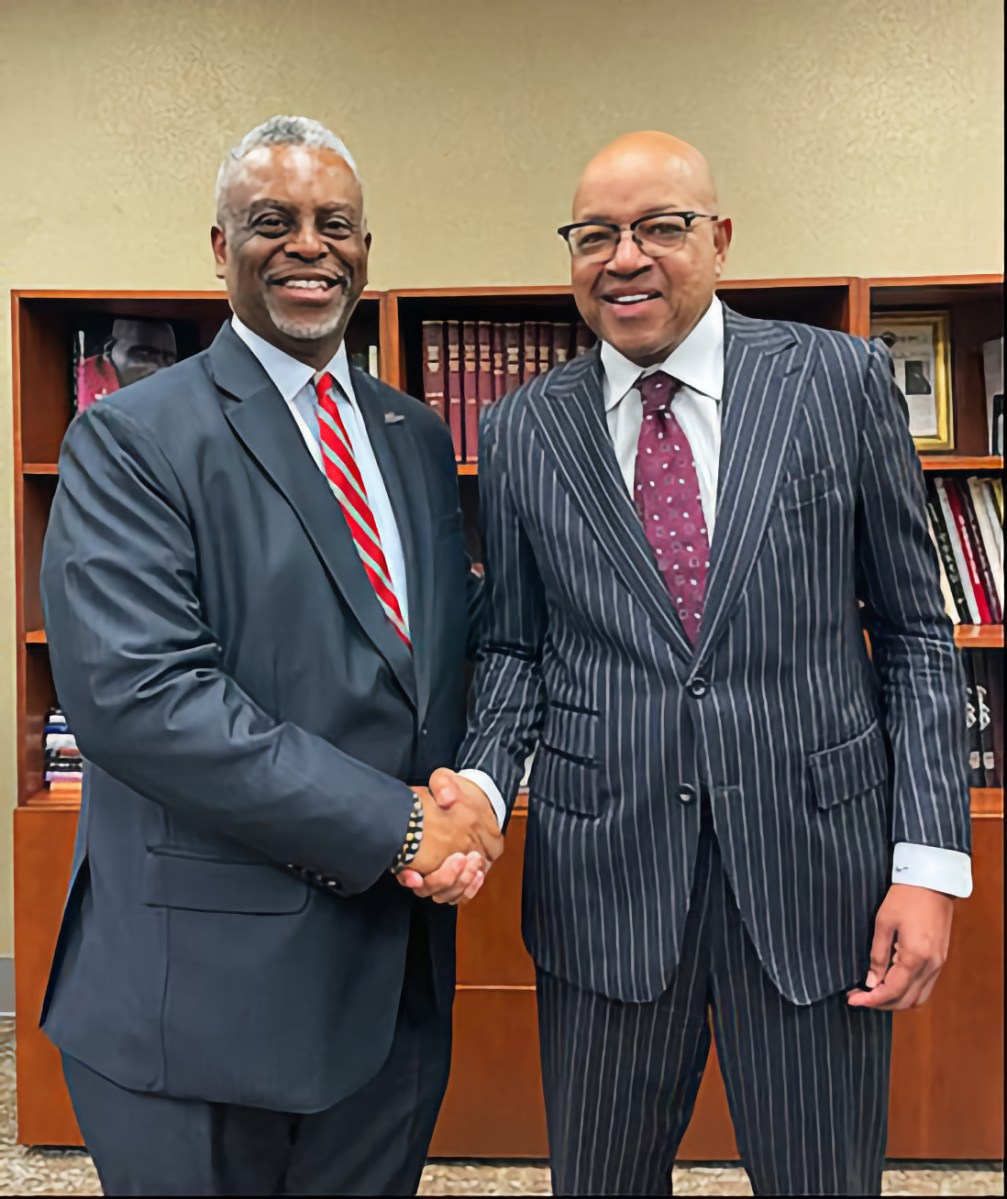
BY JACKSON CHEN | In a lopsided 9-1 vote, Community Education Council 3 has approved a controversial rezoning of the Upper West Side’s school district that has sparked fierce and passionate conversation from the parents affected.
Following a protracted public debate about how to rezone several schools within District 3, which included numerous hearings, the Department of Education presented its final plan to CEC3 on November 9. The district covers the West Side from 59th Street up to 122nd Street, but the DOE’s rezoning proposal taken up by CEC3 on November 22 covered only a portion of the district, extending as far north as West 116th Street and redrawing the lines for nearly a dozen schools. A second DOE rezoning plan for the remainder of the district was tabled by CEC3.
Following several options presented at early stages in the public discussion, the DOE settled on a plan that included moving P.S. 191, currently at 210 West 61st Street, to a new school building at Riverside Center, and shifting P.S. 452, located at 100 West 77th Street, into the vacated West 61st Street building. The proposal also called for the Dual Language Middle School at 32 West 92nd Street — the building also houses P.S. 84 — to move to the 100 West 77th Street building.
CEC3 has hosted a series of often-contentious public meetings about the rezoning, and most of its members concluded that the DOE option represented the first step in addressing long-neglected problems of overcrowding and stark racial and socioeconomic disparities among schools in the district.
“A new map means a new reality, but we’re taking a new step to fix a wrong,” Manuel Casanova, a CEC3 member said. “This proposal puts all the schools on a path to be successful.”
Casanova added that he understood there would be frustrations from some parents with CEC3’s vote, but he urged those unhappy with the plan selected to refocus their efforts on bettering their newly zoned schools.
“I’m confident in the path we’re taking as an Upper West Side community,” Casanova said. “It’s a path that if we look at other parts of the country, they will say, [we] got it right.”
But even with most of the CEC3 members sold on the plan as being one of many baby steps needed for improving the district, one dissident member remained unrelenting in his criticism.
“I have made it plain that I am the only member on this council who is against this plan,” said Noah Gotbaum. “We’re going to take a vote tonight, but in truth the vote was already taken.”
According to Gotbaum, when CEC3 sent its letter recommending a zoning plan to Schools Chancellor Carmen Fariña in October — a proposal very much in line with what the DOE came back with — that action was, in essence, a vote. The dissenting CEC3 member again reiterated that the letter should have included public input and discussion.
“This council voted, they stood up and said this is the plan, essentially take it or leave it,” Gotbaum argued. “It wasn’t done in a public forum, it wasn’t done with public discussion on the details. It was done via email.”
While the CEC3 dissenter acknowledged that P.S. 191, a struggling school with a disproportionately high percentage of economically disadvantaged youth of color, was in need of rezoning, he predicted that the next CEC3 would have to return to that issue in a couple years’ time due to the shortcomings he saw in the DOE fix the council has now approved.
Other CEC3 members didn’t argue that the rezoning is a panacea to the complex issues of diversity in the Upper West Side school district, but they argued that it represents an important first step in an evolving discussion about how to break down segregated patterns in the area’s schools.
“We’ve been working to try to find a balance for a long time,” Joe Fiordaliso, the CEC3 president said. “This balance requires a mix of zoning changes and policy commitments… I believe that this proposal is in the long term interest of District 3.”
Despite CEC3’s clear intention to endorse the DOE plan, parents present at the meeting made their voices heard about the impact the rezoning would have on their families. Many spoke up about the possibility of overcrowding in a number of district schools and the lack of parental input in the decision-making.
For Leah Savitt, a longtime parent on the Upper West Side, CEC3 should have more vigorously held the DOE’s feet to the fire.
“You are all letting a real opportunity slip by,” Savitt said to CEC3 members. “You have the opportunity to push the DOE to provide you with the right data, the right projections, the right educational impact statement, the right transportation studies. We as parents have been pushing and haven’t had access to that information.”
She added, “You’ve been content to accept crumbs from the table, you’ve accepted worksheets and spreadsheets filled with inaccuracies and mistakes.”
Just as many parents who were critical, however, voiced support for the rezoning, with teachers at P.S. 84 joining its students’ parents in expressing gratitude for a decision that will give that school room to breathe once the Dual Language Middle School is relocated.
The DOE’s final proposal also won support from City Councilmember Helen Rosenthal, whose district covers a majority of the school district. Rosenthal was active throughout the long rezoning debate and put her influence strongly behind the plan adopted.
“I thought carefully about this rezoning plan, this plan and its several iterations,” Rosenthal said. “A rezoning plan must address three issues. It must support educational excellence, it must create more diversity within our schools, and it must address space issues in our schools.”
Satisfied that key questions including overcrowding had been tackled, Rosenthal added, “The plan that addresses those issues would be the plan I support. I believe this iteration from the DOE does that…there is still a lot to be done on this issue but this plan is a solid beginning.”




































